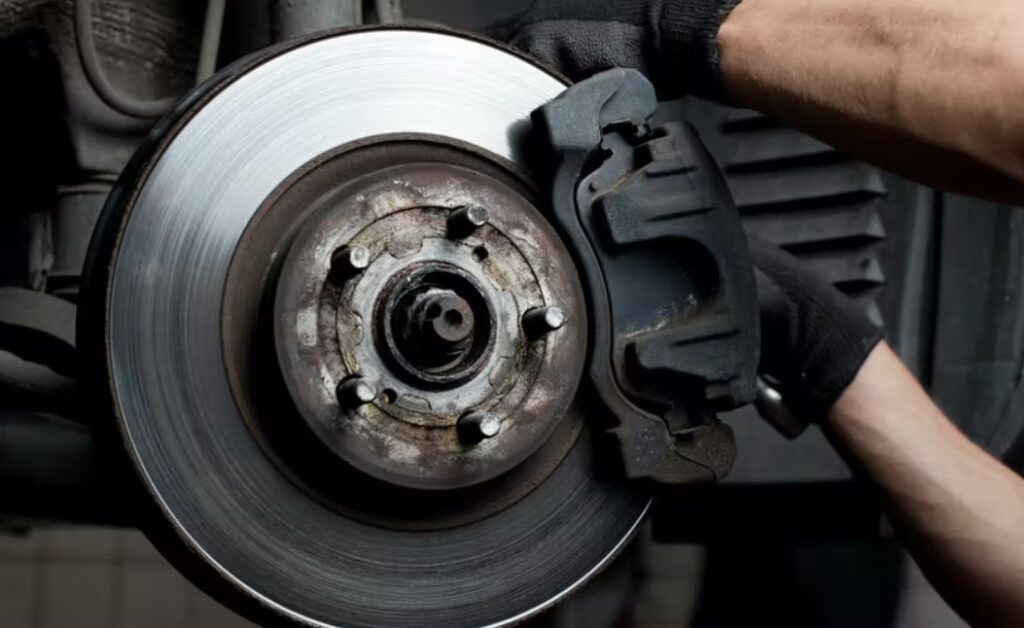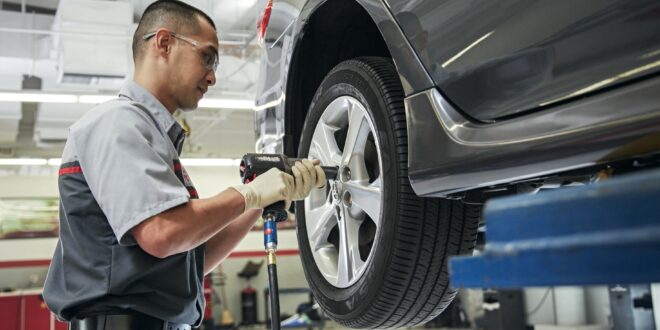Being your own person means learning as much as you can about stuff and needing the least amount of help possible no matter the issue that arises. Relying on others for favors and paid services is all fine and dandy, but why constantly do it if you can learn something new, become good at it, and save up your time and money?
This is how DIY (do it yourself) projects started and now it is a whole approach to life. People are actively trying to pay for as few things as possible or ask for as few favors from their neighbors, friends, and family as possible. Instead, they are willing to do things themselves through tutorials, guidelines, or trial and error.
Things that we rely on the most generally require the most amount of work. It is usually some kind of repair or some sort of maintenance. Since we use it constantly, it goes without saying that we also know a thing or two about them.
But what if you knew more than that? What if you no longer drove your car to the mechanic because you now know how to repair some things on your own? Well, you could do exactly this and it is much easier than you realized. In the article ahead we talk about DIY repairs on one of the most popular and widely spread car brands on the planet, the Japanese giants Toyota. Keep reading to find out about repairs that just about anyone could do with a little bit of dedication and willpower.
1. Changing the Brake Pads

Car garages charge a lot of money to replace your brake pads, as much as double the amount of what a new set costs. If you buy them yourself and replace them on your own, you will be saving a lot of money that could be spend elsewhere.
The key here is to do this repair not when the brake pads fail, but as part of maintenance, well before they get on their last legs. If you wait too long, the rotors may get damaged and then more expensive repairs are in order. The pads are quite easy to replace.
After removing the tires, all you need to use is a jack, standard wrenches, and a lug wrench. Simply slide the old pads out and put the new ones in. Clip them in place to secure them, apply the grease to lube them up, and that is it!
Getting in there and doing the work yourself is quite the experience as you learn a thing or two about your vehicle. Just make sure you get the proper pads for your Toyota. For that, you will have to find a trusty place that has a genuine Toyota parts supply.
2. Maintaining (and replacing) the Battery

Your car cannot start without a battery. It is one of those central pieces that make the vehicle go, but also one of the most basic things to both maintain and replace. A simple visual test is all you need to do to check if it is dirty enough for a wipe and a scrub.
There is nothing worse than a worn and torn battery that has suddenly died on you in an inconvenient situation. Therefore, make a habit of checking it for white residue that tends to build up from everyday car use. If you can clearly see it, you will have to scrub it and wipe it off.
A cloth, a sponge, and a cleaning solution will do just fine. If, on the other hand, you have to replace it, it is another simple process. Mechanics, again, charge too much for the service, as much as a new battery. Instead of that, remove the cables yourself, take the old one out, place the new one in, secure it, and reattach the cables. Mind the proper order of cable management and you will be fine. Easy peasy!
3. Oil Changes

Provided that you are already using the right type of oil for your Toyota, the only other thing that needs doing is changing it when the time for it comes. Conventional oil has to be changed every 3,000 to 5,000 miles, depending on the age and the state of the car and the engine.
There are oils that can survive more than 7,000 or even 10,000 miles, but you do not need those really. Lube change is unnecessarily expensive so be sure to do it yourself. You will need a racket, a wrench, and a funnel. Always do it when the car is cool, at least two hours after you have shut it off.
While you are at it, clean the filter or replace it entirely with every oil change. Between oil changes, especially if you have been driving more than usual, inspect the oil for quality and leaks.
4. Changing the Spark Plugs

Spark plugs do not have to be changed that often. Most people say that they have a lifetime of some 30,000 miles, but modern varieties are capable of lasting for up to 100,000. In any case, they need regular cleaning.
Removing the spark plugs is very easy since there is a special wrench for doing it. Mind that you should only remove and replace one at a time. While they cost around $15, mechanics are charging as much as $40 for replacing them alone.
Similar to oil change, battery, and brake pad change, it makes much more sense to learn how to do it on your own. The DIY repair is easy enough to learn quickly which will both save you some money in the long run and allow you to learn an additional thing about the inner workings of your vehicle.
5. Wipers

Last but not least, you should really be changing your windshield wipers by yourself because it is very easy. Frayed, bent, or broken, they can be a hazard in a storm when visibility is already bad. You need proper wipers to wipe the rain and debris from your windshield at all times. Drivers should know what kind of wipers their car needs, so be sure to check what type your Toyota can be fitted with.
Chances are it is either the hook or the pin design, both of which are very easy to replace. You do not need any tools. Simply take off the old ones and attach the new. Labor costs are always worth saving, so DIY this repair and save some cash for a beer after a job well done!
 HQ Grande Prairie HQ Grandie Prairie is an online news portal aimed at providing latest day to day happenings of the World to its viewers.
HQ Grande Prairie HQ Grandie Prairie is an online news portal aimed at providing latest day to day happenings of the World to its viewers.

